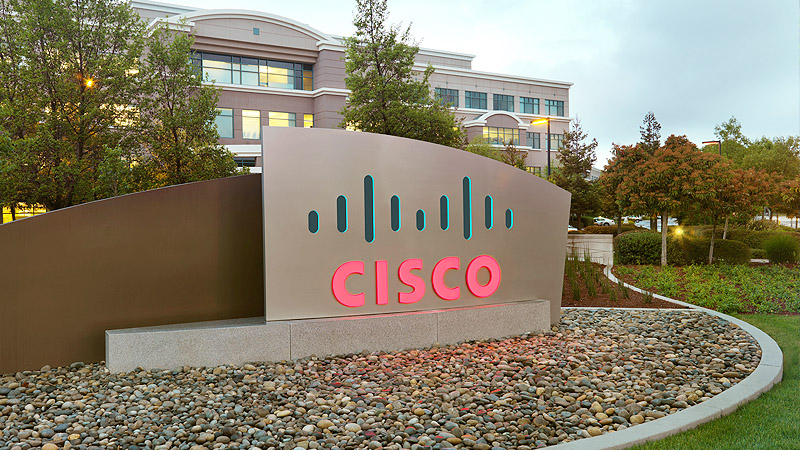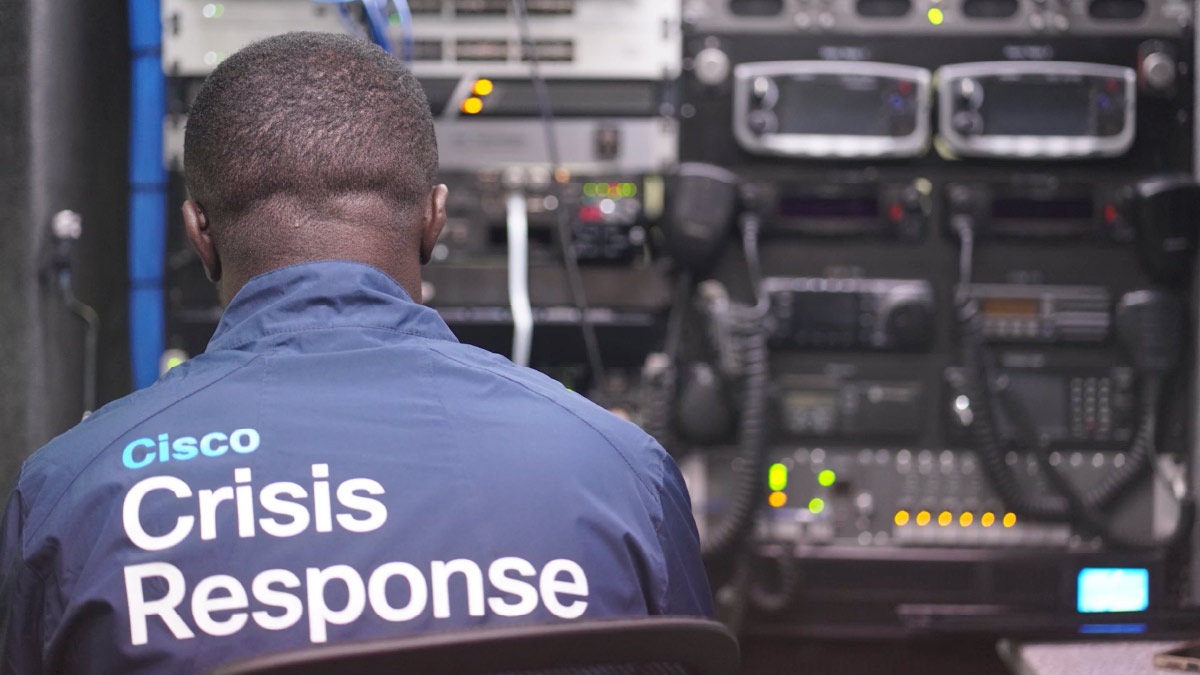End-to-End LAN-based Video Conferencing Solutions to Be Demonstrated at DVC '98 Fall, TeleCon XVIII
BOSTON, Mass. -- October 6, 1998 -- Intel Corporation and Cisco Systems, Inc. have successfully completed interoperability tests of video conferencingtechnologies that will provide businesses with high-performance, standards-based solutions for H.323 (LAN) video conferencing deployment.
The two companies will replicate their tests in live demonstrations at DVC '98Fall Oct. 6-8 in Boston, and at TeleCon XVIII Oct. 26-28 in Anaheim, Calif.
Proliferating H.323 Standards-based Video Solutions
H.323, the focus of Intel's and Cisco's work together, is the InternationalTelecommunications Union (ITU) standard for real-time multimedia communications and conferencing over packet-based networks. By completing interoperability testing, Intel and Cisco seek to resolve customers' difficulties with identifying and deploying a combination of H.323-compliant products that work together seamlessly."Intel and Cisco are working together to contribute to the adoption andimplementation of the H.323 standard, to drive industry cooperation andcompliance, and educate users about real-world deployment successes," said Jack Bradley, general manager of Cisco's Video Business Service Unit. "By combining our respective technical strengths through interoperability testing, Intel and Cisco have taken an important first step toward delivering a complete networked multimedia infrastructure to a wide spectrum of users."
In a laboratory environment, the companies created a video conferencing network using the Intel. TeamStation System 4.0, Intel ProShare. Video System 500, Cisco Multimedia Conference Manager Gatekeeper, Cisco routers, VideoServer* Encounter NetGate (H.323 to H.320 Gateway) and VideoServer* Encounter NetServer. Testing included point-to-point and multipoint H.323-based calls with full audio, video and data sharing. Calls were routed over both local and wide area networks using gatekeepers to manage bandwidth and provide address translation. LAN-based conferencing systems were connected with legacy ISDN-based systems through H.323 to H.320 gateways. Additionally, products were tested in a variety of configurations, including endpoint to gatekeeper, gatekeeper to gatekeeper, endpoint through a gateway, and endpoint through a gateway to a multipoint control unit.
"Our customers recognize the advantages of migrating video conferencing traffic to their local area networks, but the component products must perform well together and be simple to assemble," said Scott Darling, general manager of the Intel Business Communication Products Operation. "By putting our technologies through the rigors of interoperability testing, Intel and Cisco can offer customers a complete end-to-end H.323 solution that can be deployed today."
As a result of successful interoperability testing, customers can confidentlycombine Intel and Cisco video conferencing technologies for use in the mostcommon business conferencing scenarios, including department-to-department conferencing over the LAN, site-to-site conferencing over the Intranet, and company-to-company conferencing through an ISDN-to-LAN gateway.
Intel also offers a complete H.323 video conferencing white paper available athttp://www.intel.com/proshare/conferencing/h323. The white paper explains the video conferencing standards available today, as well as the origins of the H.323 standard, its capabilities and benefits, and implementation requirements.
About Intel
Intel, the world's largest chip maker, is also the leading manufacturer ofcomputer, networking and communications products.Cisco Systems
Cisco Systems, Inc. (NASDAQ:CSCO) is theworldwide leader in networking for the Internet. News and information areavailable athttp://www.cisco.com.* Cisco, Cisco Systems and the Cisco Systems logo are registered trademarks of Cisco Systems, Inc. in the U.S. and certain other countries. All other trademarks mentioned in this document are the property of their respective owners.



